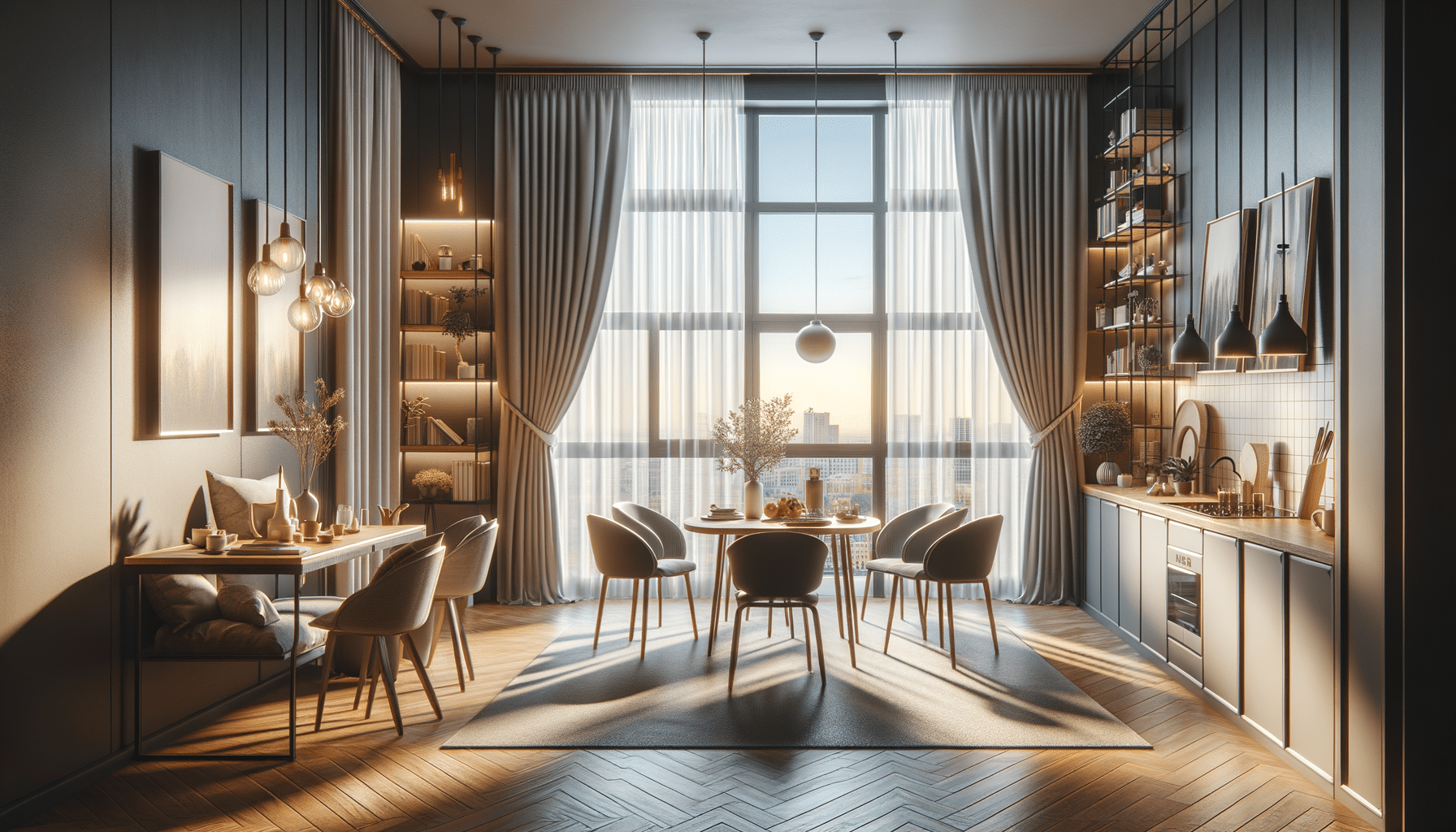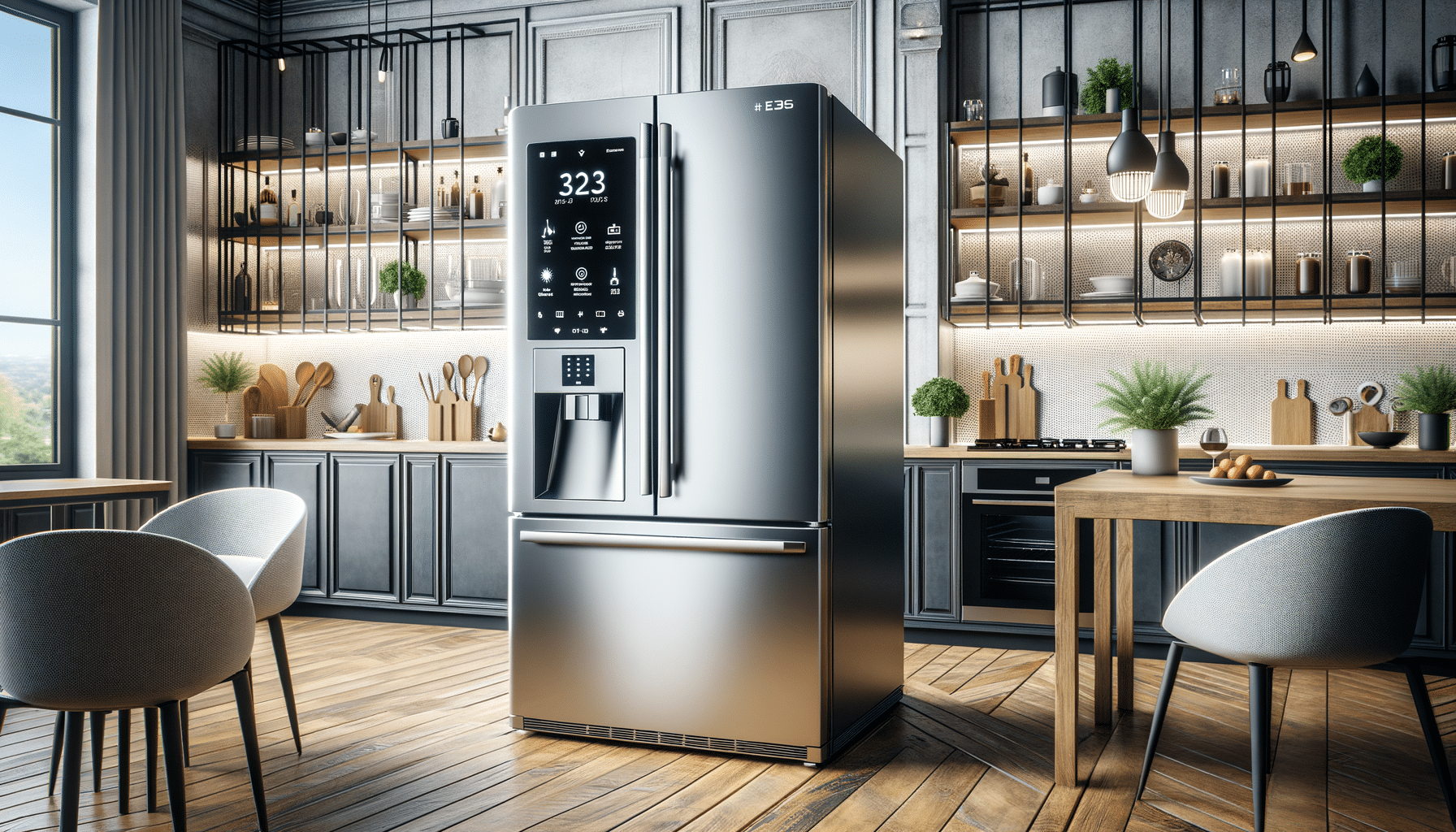
The Art of Slow Living: Embracing a Minimalist Mindset
We live in a world that rewards busyness; slow living is a radical alternative. So, by all means, taking the time to work on and enjoy your life is the perfect recipe to slow down, keep things simple, and heed what is essential in life! Mindful minimalism allows you to create a more purpose-driven life.
Life in the modern world can feel overwhelming. Their to-do lists are never-ending, and digital distractions are everywhere. The culture tends to prioritise hustle over harmony. But what if there is a better approach? Slow living isn’t only about doing less but also about doing things with purpose and joy. Reframe your thinking to find joy in little things, improve your mental health and align your life with your values.
In this guide, we discuss how to adopt a slow-living mindset and live more peacefully and happily. We’ll provide some practical tips for living intentionally and finding ways to make meaningful changes in your daily life.
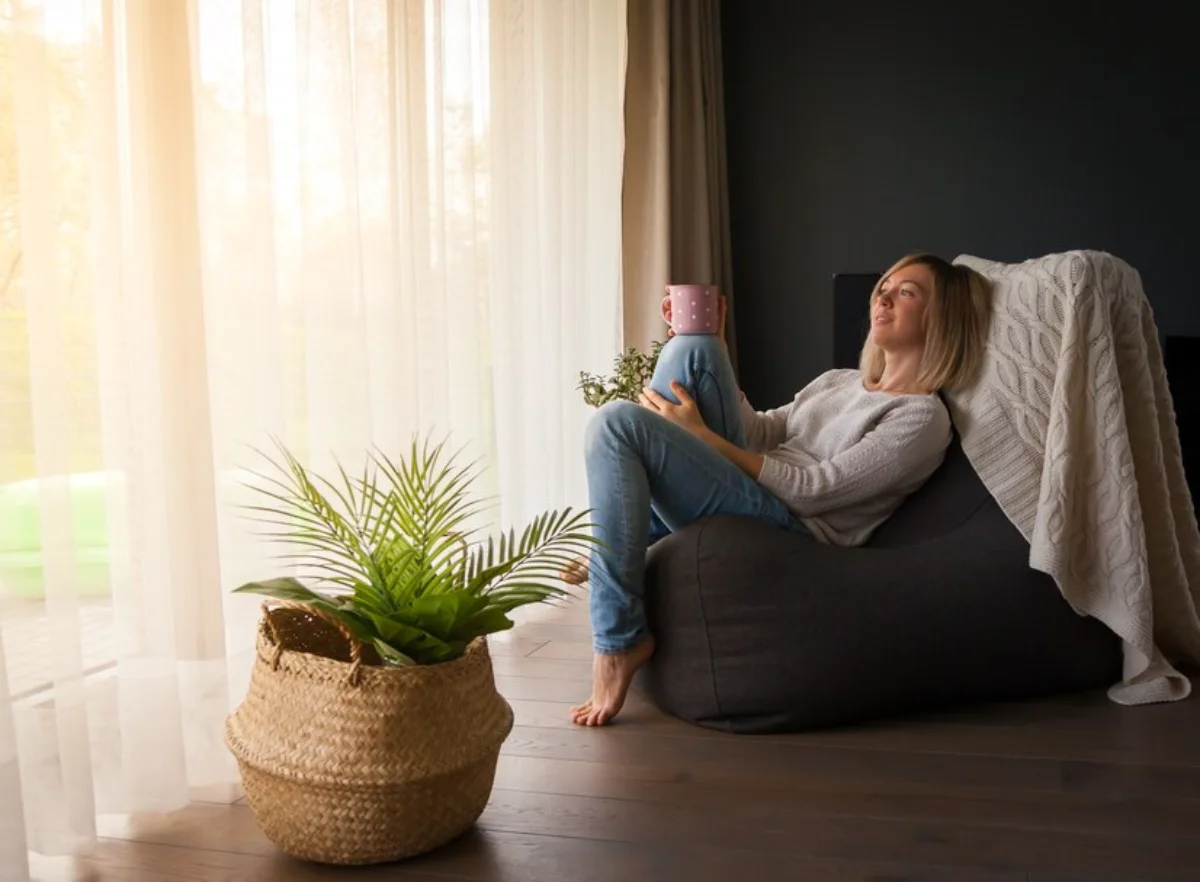
What Is Slow Living?
Slow living promotes a mindful, deliberate approach to daily life. Instead of rushing and accumulating things, slow living focuses on:
- Quality over quantity – valuing meaningful experiences over material wealth.
- Presence and mindfulness – engaging fully with the moment.
- Sustainability and simplicity – reducing consumption and embracing minimalism.
- Balanced productivity – working efficiently while caring for your well-being.
Adopting mindful minimalism creates a balanced life that nurtures body and mind. This shift reduces stress, improves relationships, and boosts overall life satisfaction.
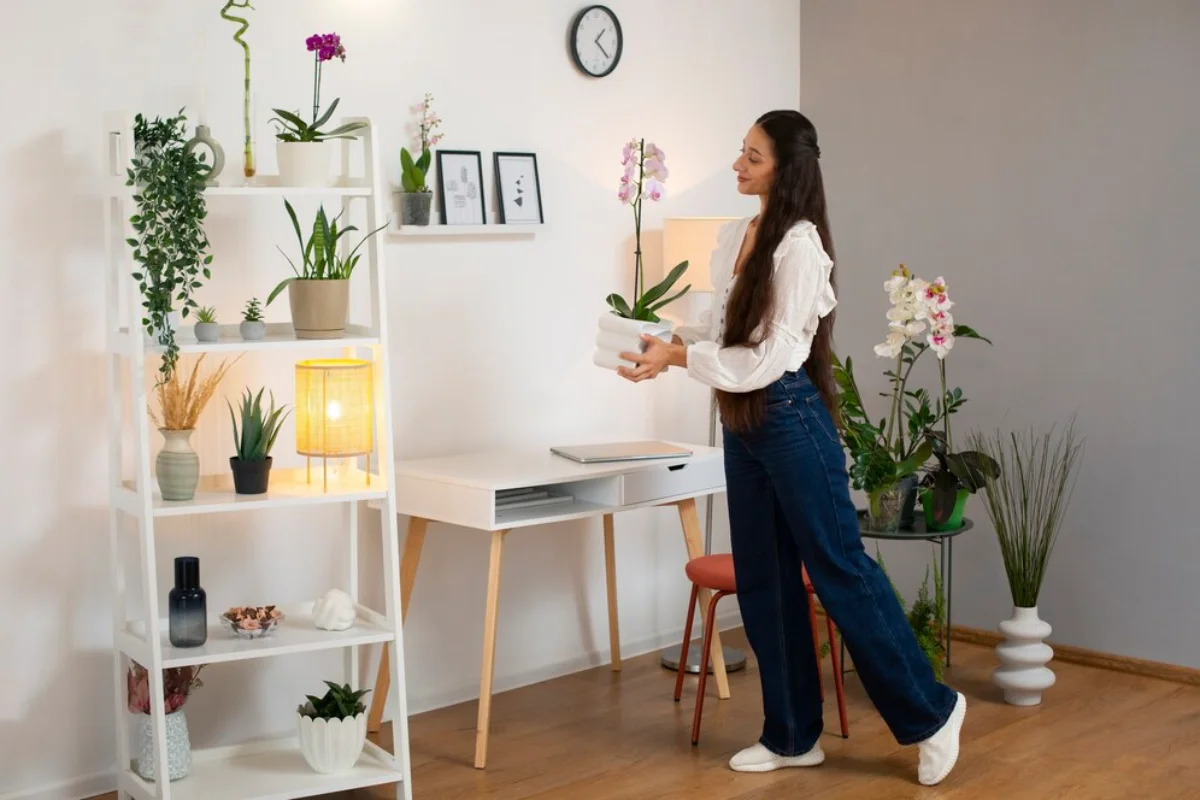
How Minimalism Supports Slow Living
Minimalism and slow living complement each other. Minimalism declutters your space, while slow living emphasises intentionality in daily life. Together, they create a lifestyle free from distractions and full of purpose.
Decluttering Your Space for Mental Clarity
A cluttered space can lead to a cluttered mind. Adopting a minimalist approach creates a calm, inviting environment. This helps you:
- Reduce stress and anxiety.
- Improve focus and productivity.
- Enjoy more peace at home.
Start small—clear one room at a time. Keep only what truly adds value to your life. This process lets you be more intentional about your surroundings and experiences.
Simplifying Your Schedule
A packed schedule offers little room for spontaneity or deep connections. Slow living encourages you to:
- Say no to unnecessary commitments.
- Prioritise activities that align with your values.
- Set aside time for rest, creativity, and self-care.
Simplifying your schedule can help you regain control over your time and energy. To create a nurturing schedule, set clear boundaries for work, social engagements, and personal time.
Mindful Consumption: Buying with Purpose
In a consumer-driven world, slow living urges intentional purchases. Focus on:
- Buying only what you need and love.
- Supporting ethical and sustainable brands.
- Investing in high-quality, long-lasting products.
- Reducing waste by reusing and repurposing items.
Practising mindful minimalism saves money and reduces waste. It also fosters gratitude for what you already own.
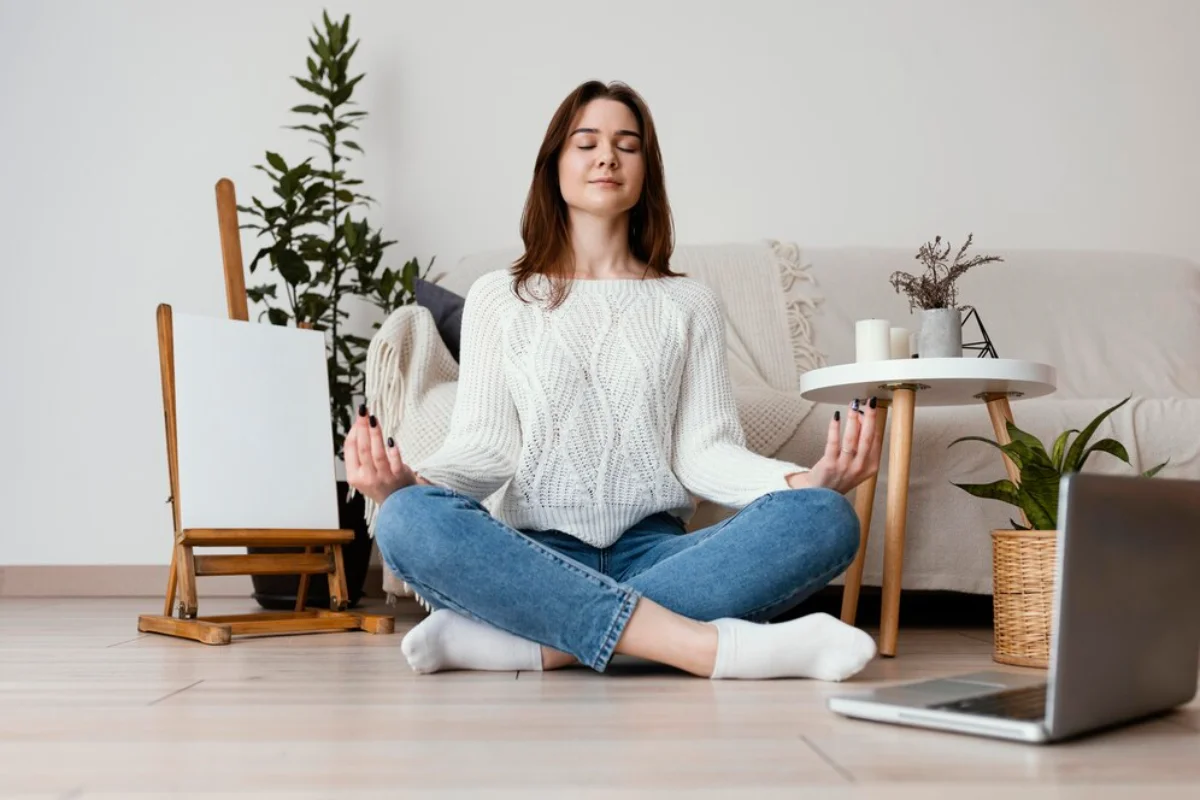
Practical Steps to Embrace Slow Living
If you’re curious about how to live intentionally, here are practical steps to embrace slow living and mindful minimalism:
Create a Morning Ritual
Instead of rushing, establish a calming morning routine. Consider adding:
- Meditation or deep breathing.
- A nourishing breakfast without distractions.
- A short walk or stretching to wake your body.
- Journaling or setting daily intentions.
Starting your day slowly cultivates peace and clarity. It reduces stress and prepares you for a focused day.
Practice Gratitude and Mindfulness
Slow living means being present and appreciating little things. To foster mindfulness:
- Keep a gratitude journal.
- Engage in joyful activities like reading, cooking, or gardening.
- Spend time in nature, away from digital distractions.
- Eat meals slowly and savour each bite.
Being present allows you to enjoy experiences rather than rush through them. It also strengthens your relationships by making you more engaged and attentive.
Embrace Minimalist Eating
Simplifying your diet with whole, nutritious foods is key to slow living. Try:
- Cooking homemade meals instead of processed foods.
- Eating mindfully, free from distractions like TV or smartphones.
- Choosing seasonal, locally sourced ingredients.
- Practising meal planning to cut down on waste.
A slow and intentional approach to food nourishes both body and soul. Eating with awareness fosters a healthier relationship with food.
Prioritise Rest and Self-Care
In our hectic world, rest is often ignored. Slow living encourages:
- Getting enough sleep each night.
- Taking regular breaks throughout the day.
- Engaging in self-care rituals like baths or journaling.
- Spending quality time with loved ones, free from distractions.
Prioritising rest recharges your energy and boosts well-being. Make time for relaxation without guilt, recognising that rest fuels productivity and happiness.
The Long-Term Benefits of Slow Living
Adopting a slow-living mindset can transform your life in many ways. Long-term benefits include:
- Reduced stress and anxiety – minimalism helps eliminate unnecessary pressures.
- Greater appreciation for life’s simple pleasures – focusing on experiences over possessions.
- Stronger relationships – more time for meaningful connections.
- Enhanced creativity – a clutter-free mind sparks new ideas.
- Better work-life balance – prioritising what matters leads to satisfaction.
- Improved physical health – through mindful eating, stress reduction, and better sleep.
- Environmental impact – consuming less and making sustainable choices helps the planet.
Embrace a Fulfilling Life with a Minimalist Mindset
A slow consciousness is anti-consumerism et al., mindful minimalism, and intentional living for your benefit. It is a process by which, little by little, you create a more meaningful and peaceful life by dialling down your space, schedule, and mind.
So, if you’re ready to embrace the joys of slow living, implement small changes today. Clear a space, make time for self-care, and practice mindful consumption. How To Live Intentionally & A New Beginning Because it starts with one step
How do you incorporate slow living into your daily routine? Share your thoughts in the comments below!
